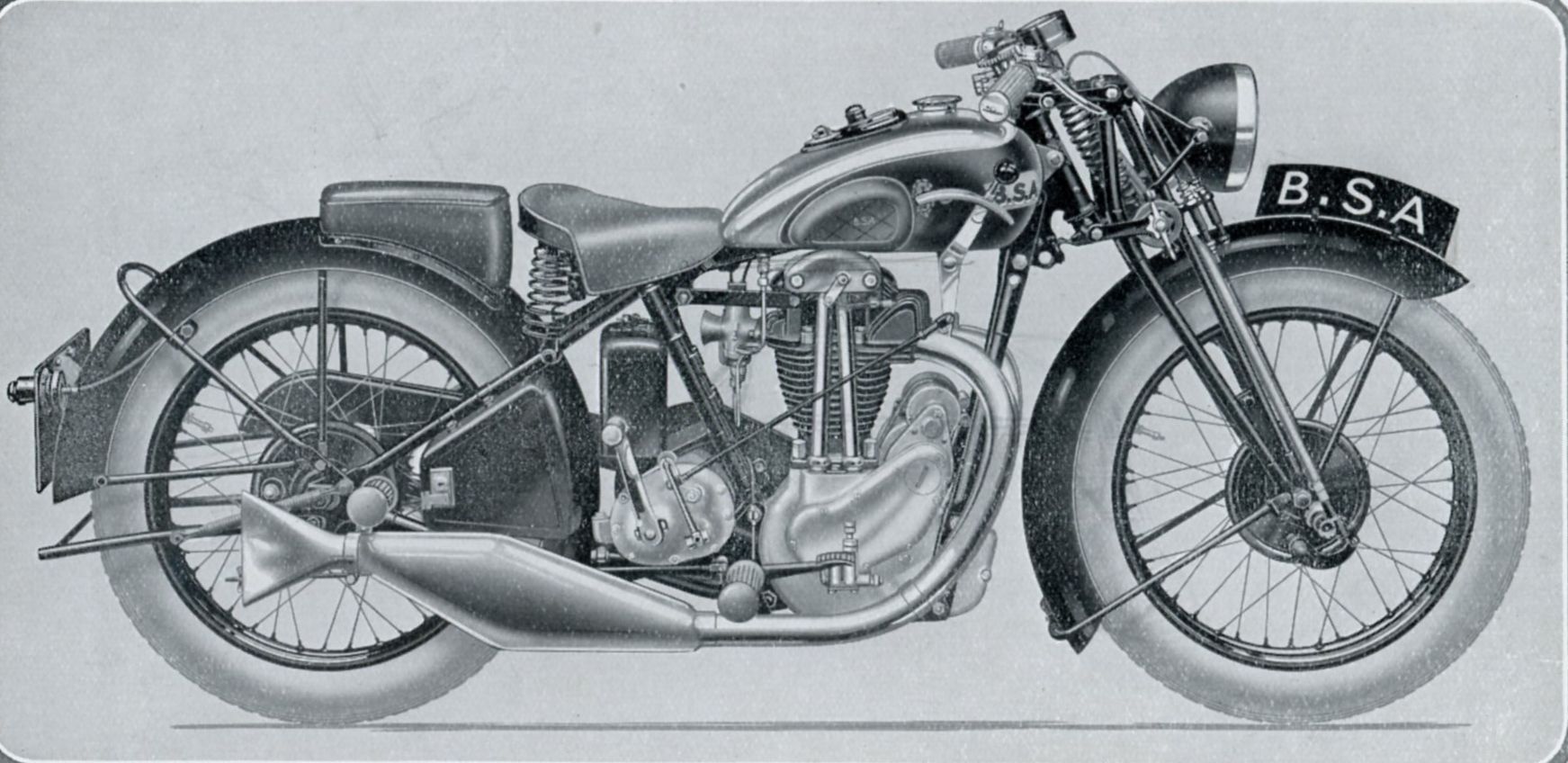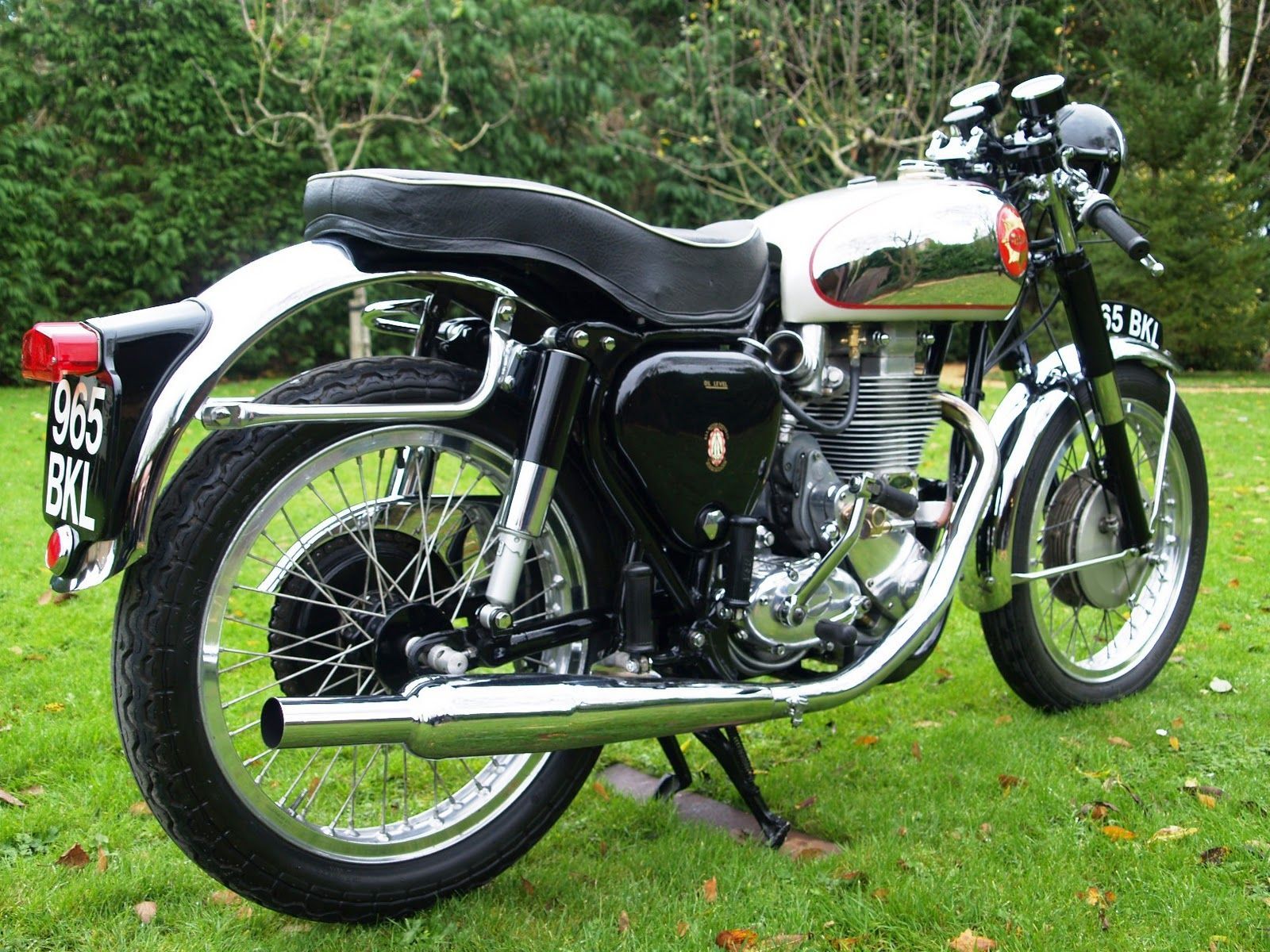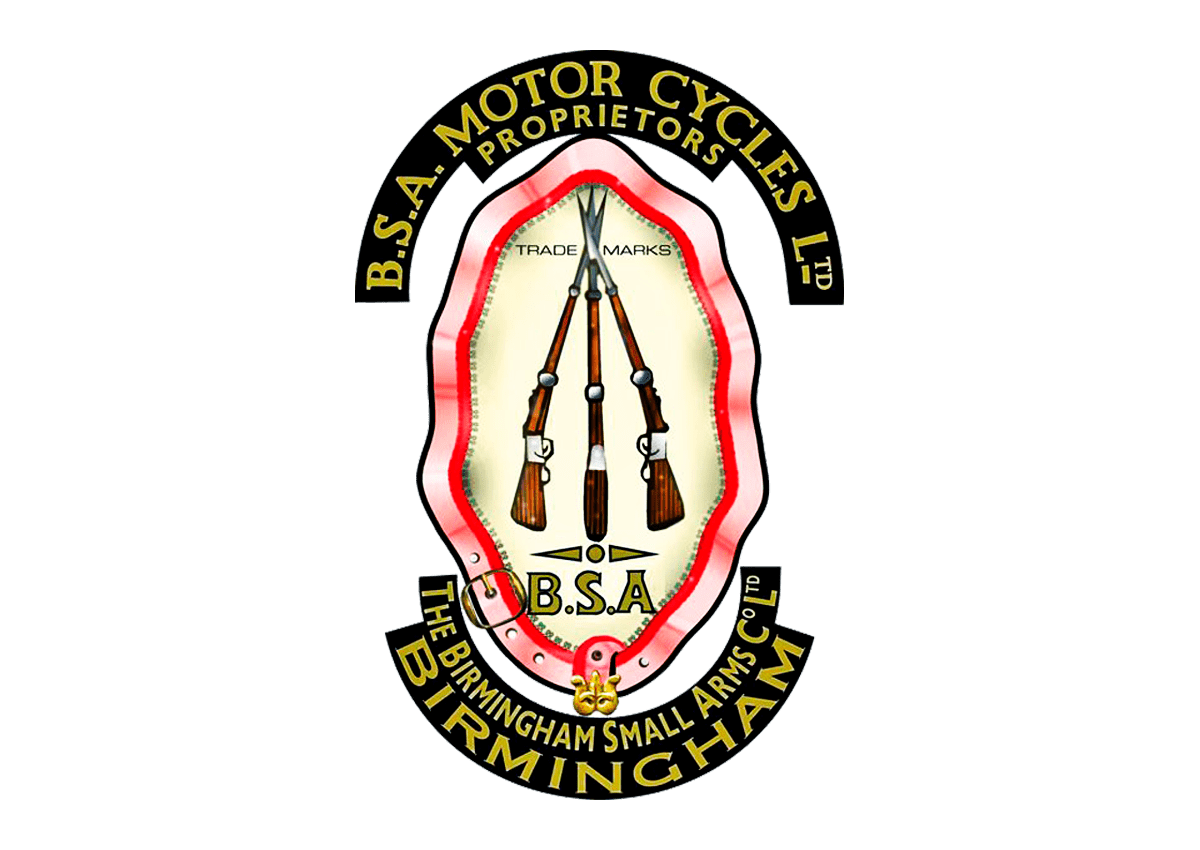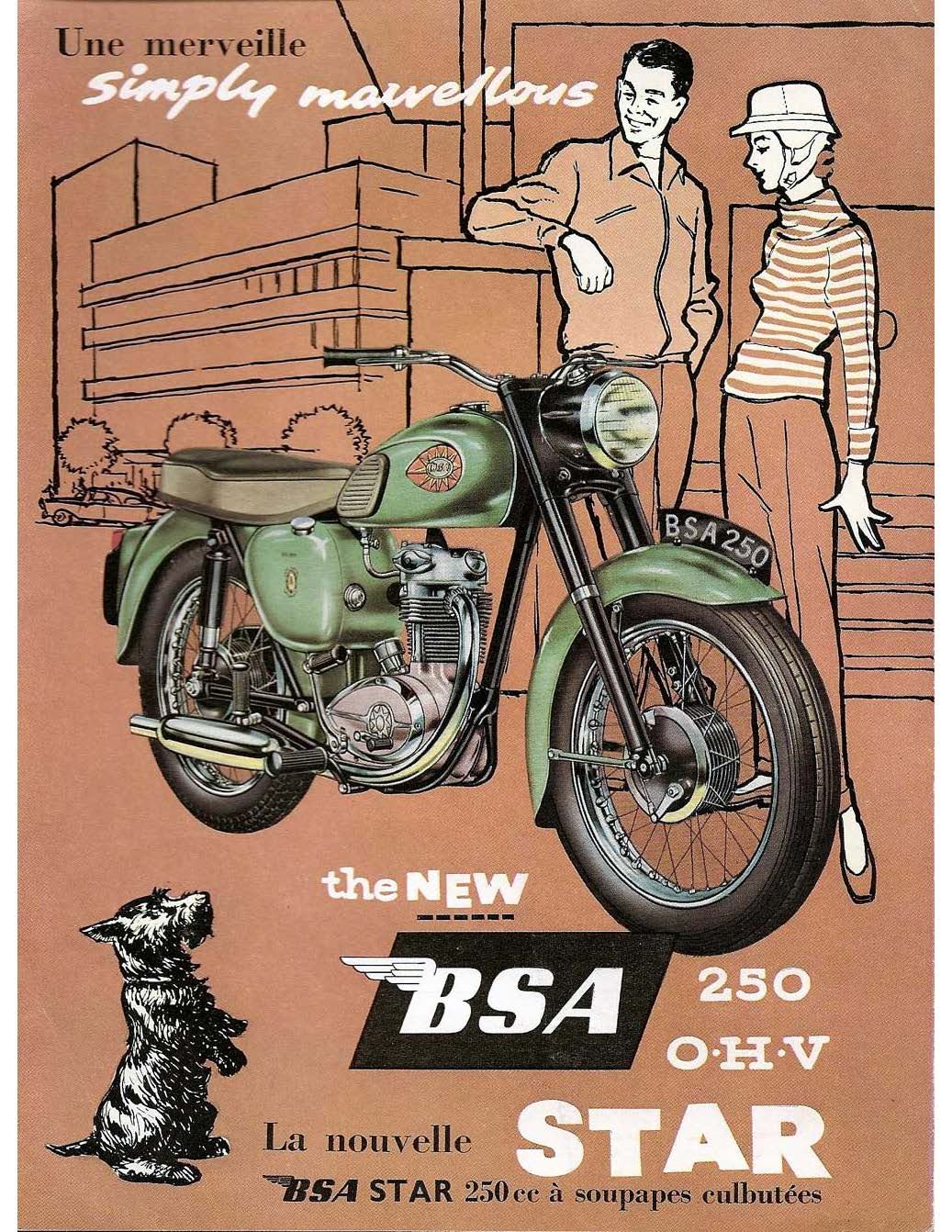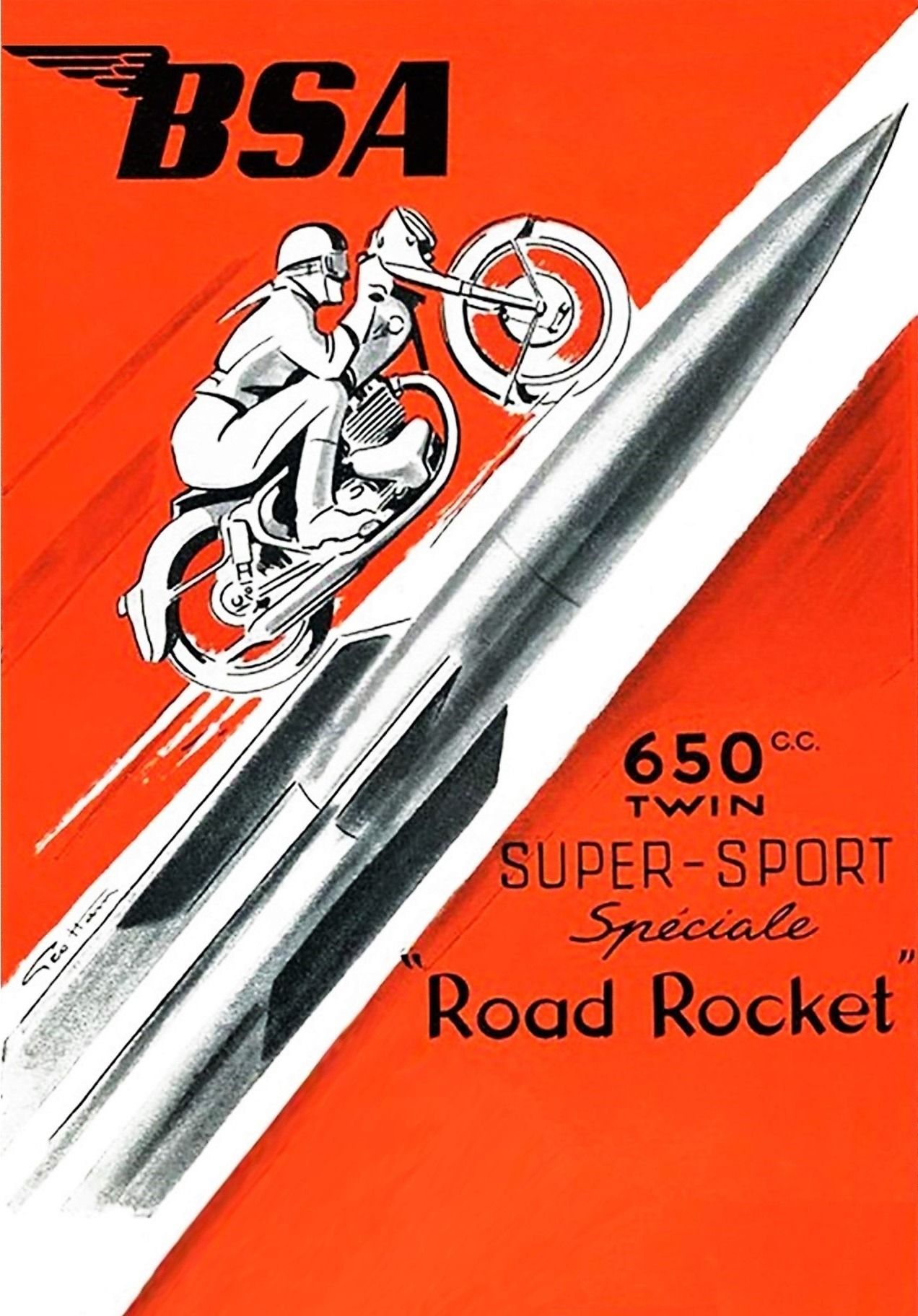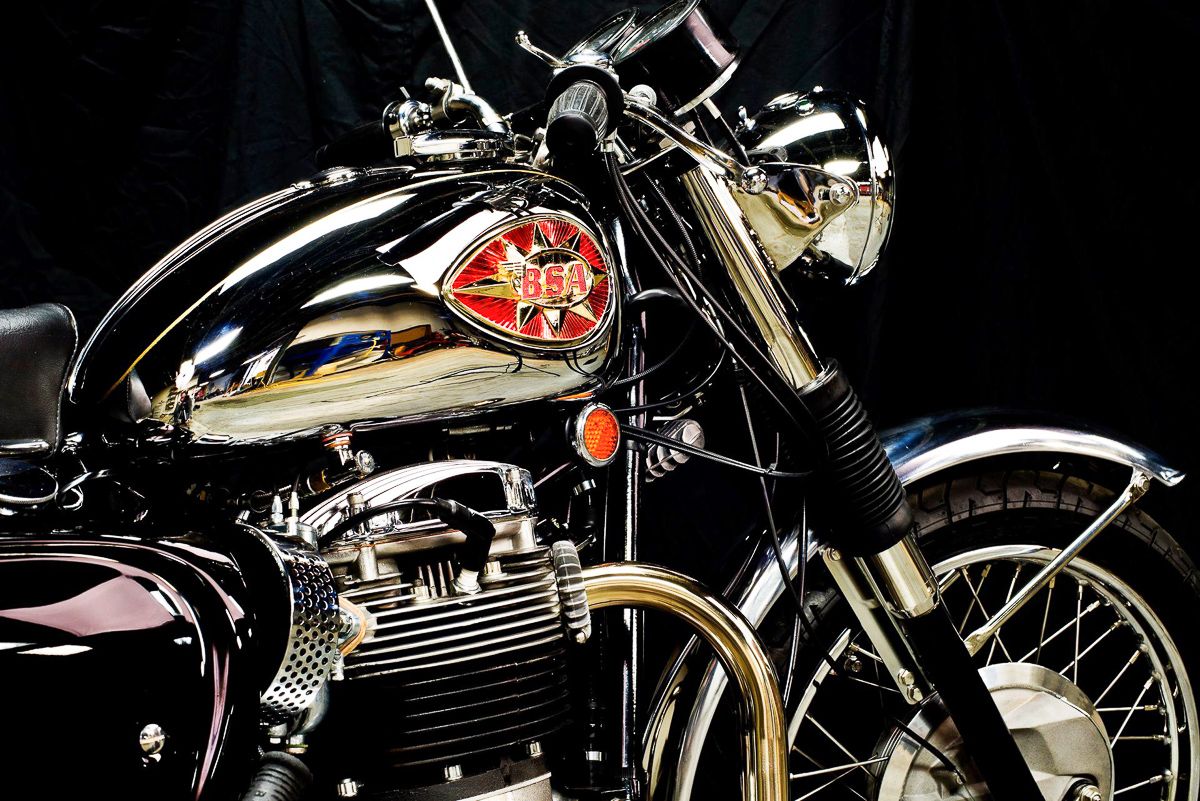BSA was once the largest manufacturer of motorcycles in the world, famously selling one in four motorcycles around the world. By the end of the 1960's, it was all over, just another once-famous name to go to the wall as the British motorcycle industry managed to snatch defeat from the jaws of victory.
2022 The Decline of the British Motorcycle Industry, Part 1; BSA
- Make: Array
- Model: 2022 The Decline of the British Motorcycle Industry, Part 1; BSA
- [do not use] Vehicle Model: Array
The Rise and Fall Of BSA
If we look at the history of British motorcycle manufacturers after the second world war, there are three names that stand head and shoulders above the rest; Triumph, Norton and BSA.
Triumph had the glamour, Norton the racing success and BSA had the sales volumes, even if they did always seem to have a slightly mundane image, producing a wide range of uninspiring machines that nonetheless sold massively around the world. In fact, in the 1960s, BSA, by then incorporating Triumph motorcycles, was the largest producer of motorcycles in the world.
The Birmingham Small Arms Company Limited was formed in 1861 by a group of gunsmiths, specifically to manufacture guns by machinery developed in the US that helped increase output without the need for more skilled craftsmen. Not only did this method of manufacture allow for interchangeability of parts but, when the company branched out into bicycle manufacture in 1880, the machinery enabled large quantities of standard parts to be accurately machined at low cost.
In 1910, BSA debuted in the motorcycle market with the BSA 3 1/2hp being shown at Olympia in London. They were immediately successful and production sold out for the next three years. During the First World War, the company naturally concentrated on gun manufacture, but in 1919, a 770cc v-twin, side-valve engined bike, the Model E, appeared and BSA took up from where they had left off before the war.
BSA motorcycles were sold as affordable machines with reasonable performance for the average user. The company’s fortunes were built on a reputation for reliability and a large dealer network, alongside large fleet orders for the likes of The Post Office and the AA, who used sidecar outfits as mobile patrols. There were so many BSAs on the roads of Britain that they were able to boast that ‘1 in 4 is a BSA’.
Rising Star
It was in the inter-war years that BSA started using the ‘Star’ name for some of their models. First there was the Blue Star, which became the Empire Star, commemorating the Silver Jubilee of King George V. This model eventually became the famed Gold Star on the eve of the Second World War, a machine whose success continued after the war and well into the 1960s in both 350 and 500cc capacities.
Whilst rival manufacturer Triumph pioneered the parallel twin engine design, which BSA along with every other British manufacturer copied post war, BSA also continued to produce its large range of single-cylinder models. If you owned a BSA ‘A’ model, you had a twin cylinder engine between your legs. A10 (650cc), A50 (500cc), A65 (650cc) and A75 (the 750cc triple-cylinder) models often matched rival machines for performance, but always lagged slightly behind in appearance, even if the names suggested otherwise; Golden Flash, Rocket Gold Star, Thunderbolt, Lightning and Spitfire. The ‘B’ series of bikes were single-cylinder models, the ‘C’ range was small-capacity singles and the ‘D’ range was the Bantam, not actually a BSA design but that of German manufacturer DKW, handed to BSA as war reparations. Some estimates put Bantam production as high a 500,000.
BSA Acquires Triumph
In 1951, Triumph owner Jack Sangster sold Triumph to the BSA concern, ostensibly to avoid death duties and much to the consternation of Edward Turner, Triumph’s mercurial chief engineer and designer. The two companies operated as separate concerns although Triumph’s profits were often diverted into BSA’s books, as BSA was not nearly so profitable. BSA also acquired Ariel, Sunbeam and New Hudson (all also owned by Sangster) and it was the cost of developing the disastrous Ariel 3 three-wheeler that put a large nail in the coffin of the parent company.
Sadly, in line with the rest of the British motorcycle industry, BSA’s out-of-date designs, rash investments and a failure to appreciate and recognise the progress the Japanese were making in motorcycle design led to its demise and, by 1972, it was no more. A sad end to a once great name.
At the time of writing, BSA is the only one of the Big Three British motorcycle manufacturers that hasn’t been resurrected in a modern incarnation, although as Indian automotive giant Mahindra now owns the name, don’t count out seeing new BSA’s on showroom floors at some point in the near future. Now wouldn’t that be something!

